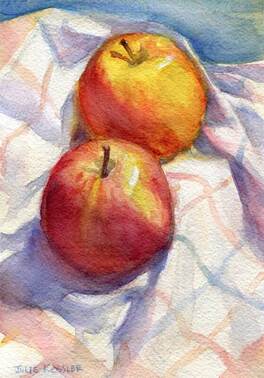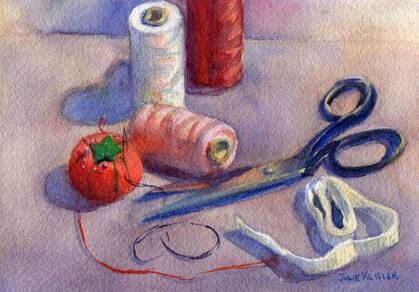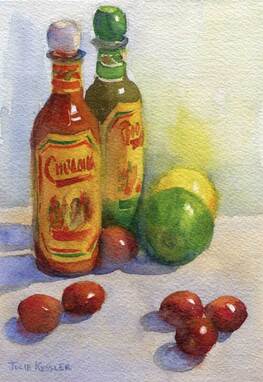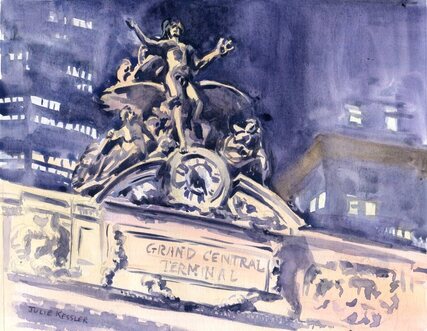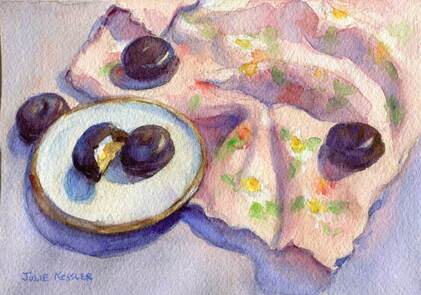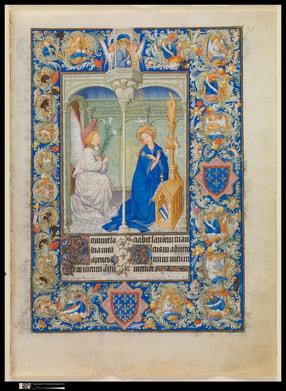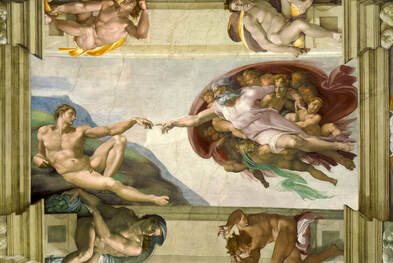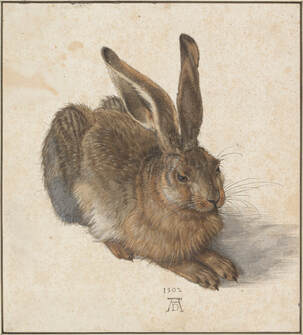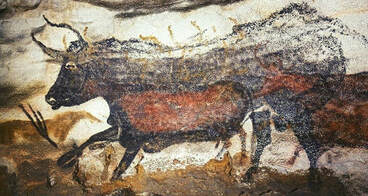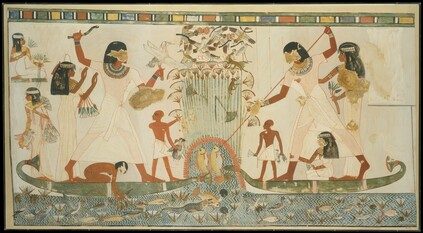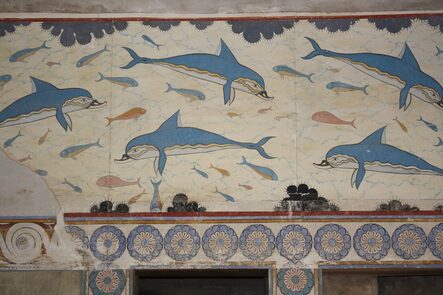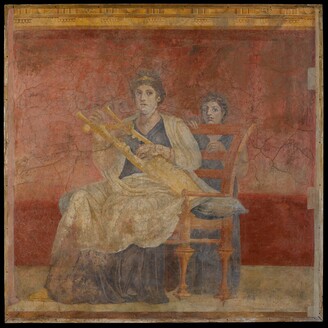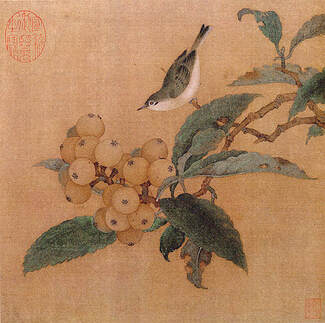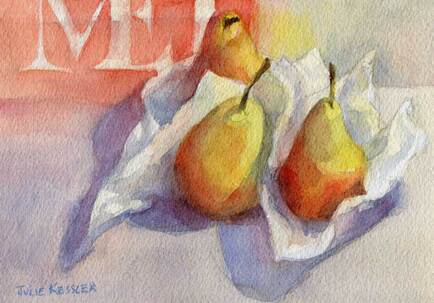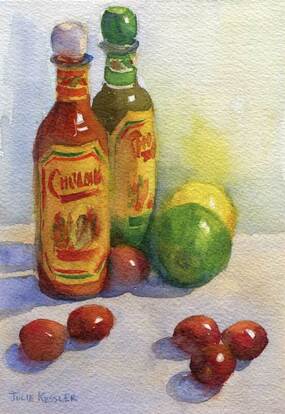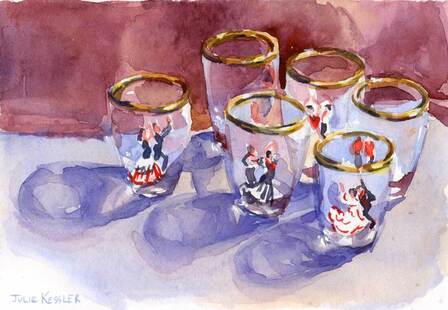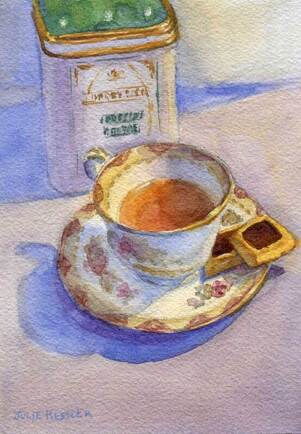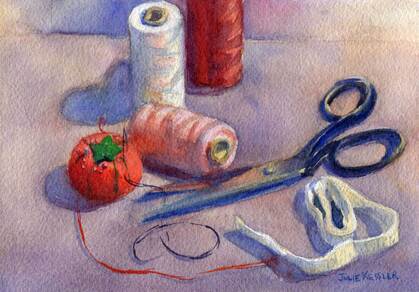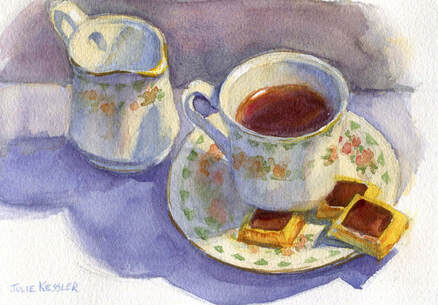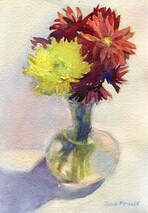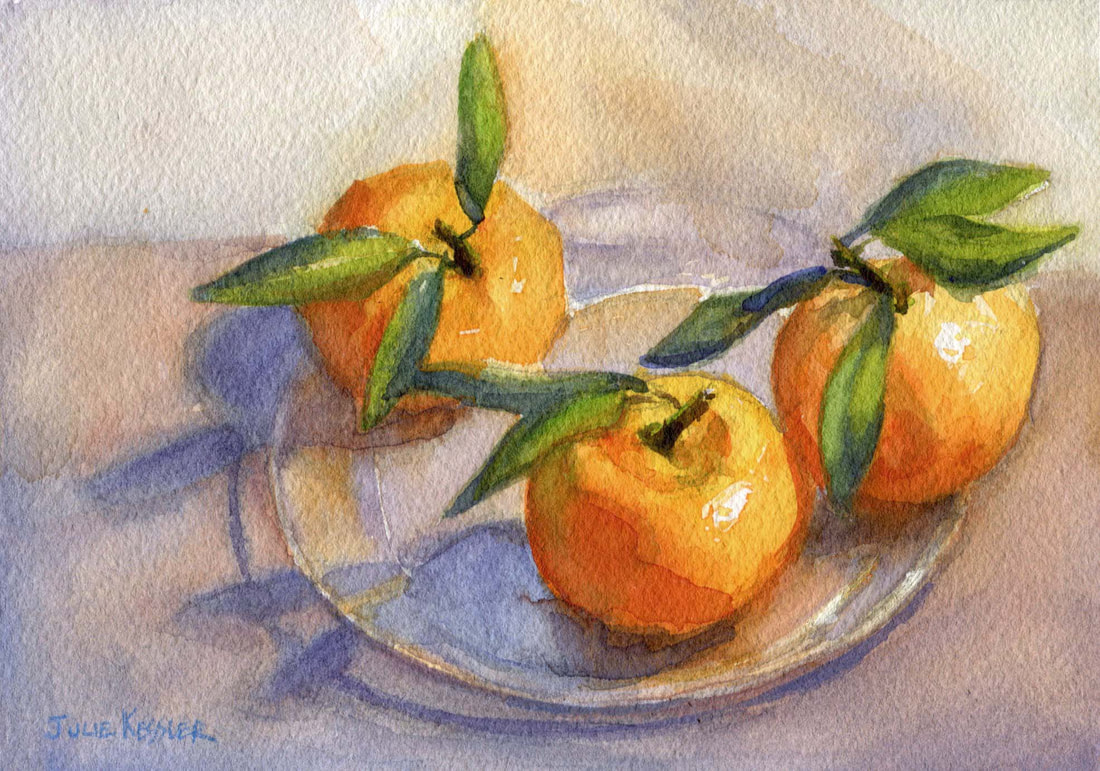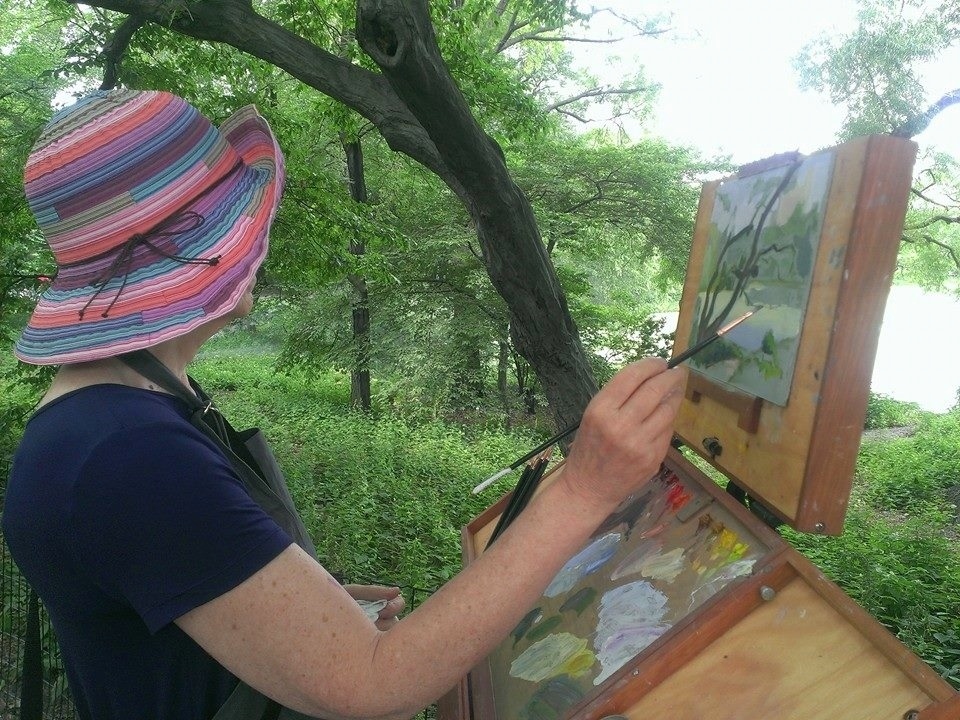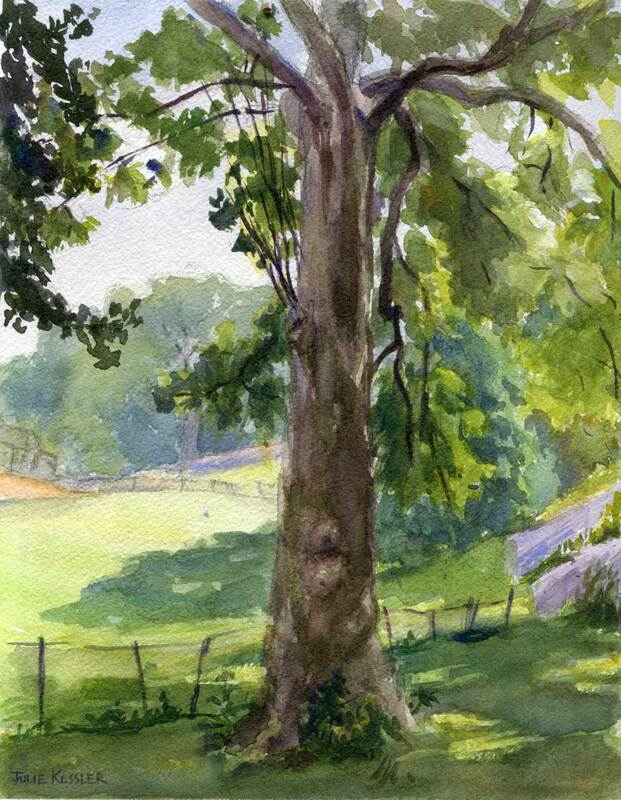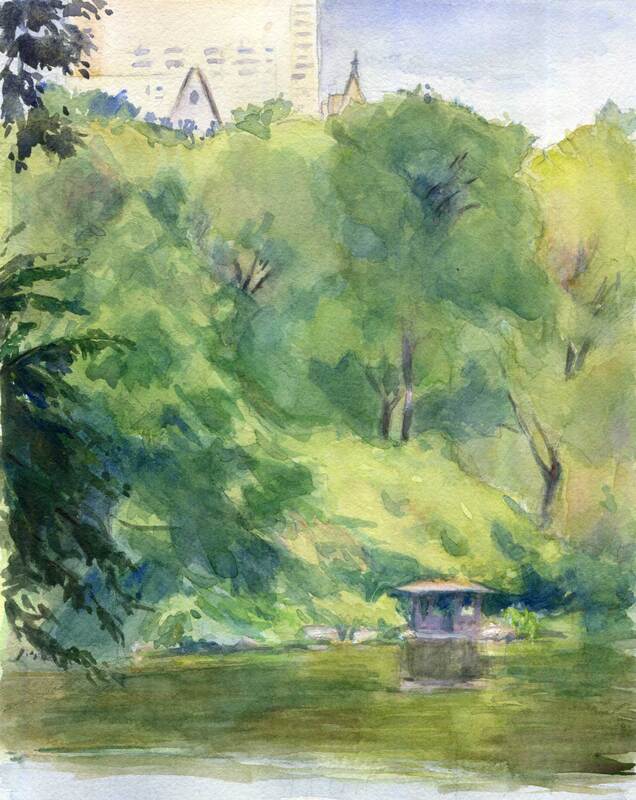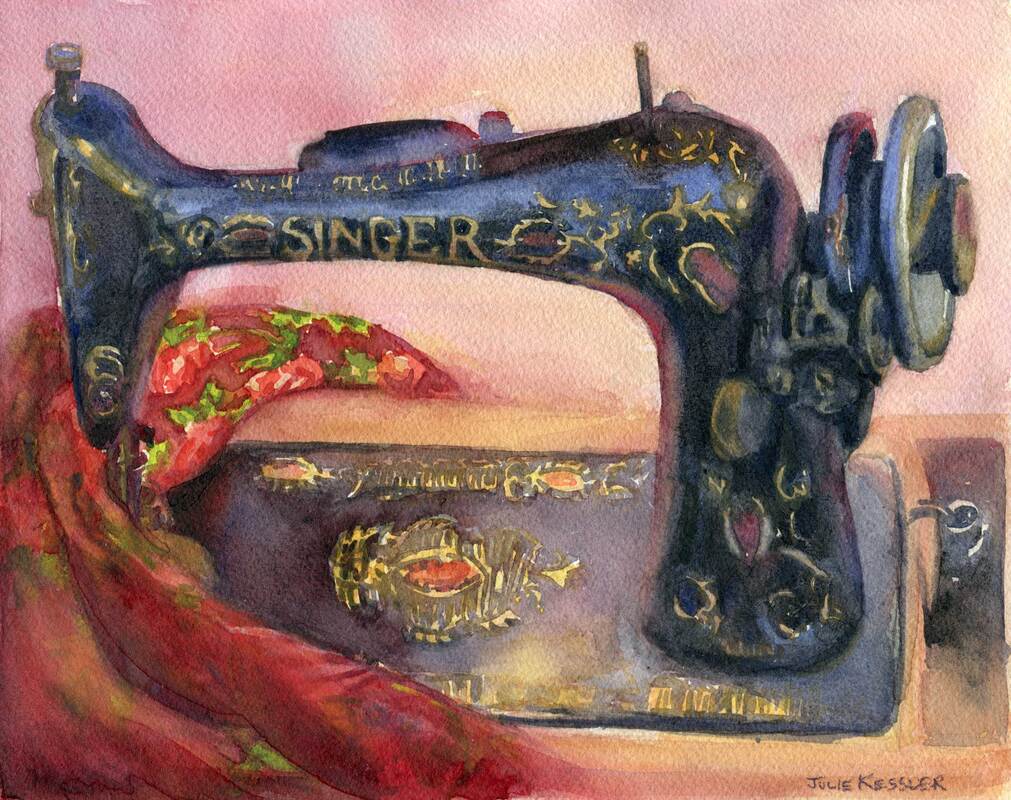But spring isn't quite here yet. So I'm still painting still lifes indoors with stuff I find around the house. And that's no hardship at all. Because it's actually fun to paint still lifes.
Especially because I'm still punching my way out of a habit in my painting practice. When I'm in deep concentration I sometimes forget to use enough water in my paint mixtures. Enough water to let the paint flow easily over the paper. If I forget, the sizing of the paper gets ever so slightly beat up. And the work loses just a bit of it's clear brightness.
I think I'll put a sign over my easel that says: "It's WATER-color! Don't Forget the WATER!"
I'm happy to knock this lesson into my coconut while I'm still working indoors. In comfort. Without the distraction of the glaring sun, inquisitive onlookers, the occasional wild animal, and biting insects. And wondering where the nearest bathroom is.
Click on the comment section below to add your questions and comments.
